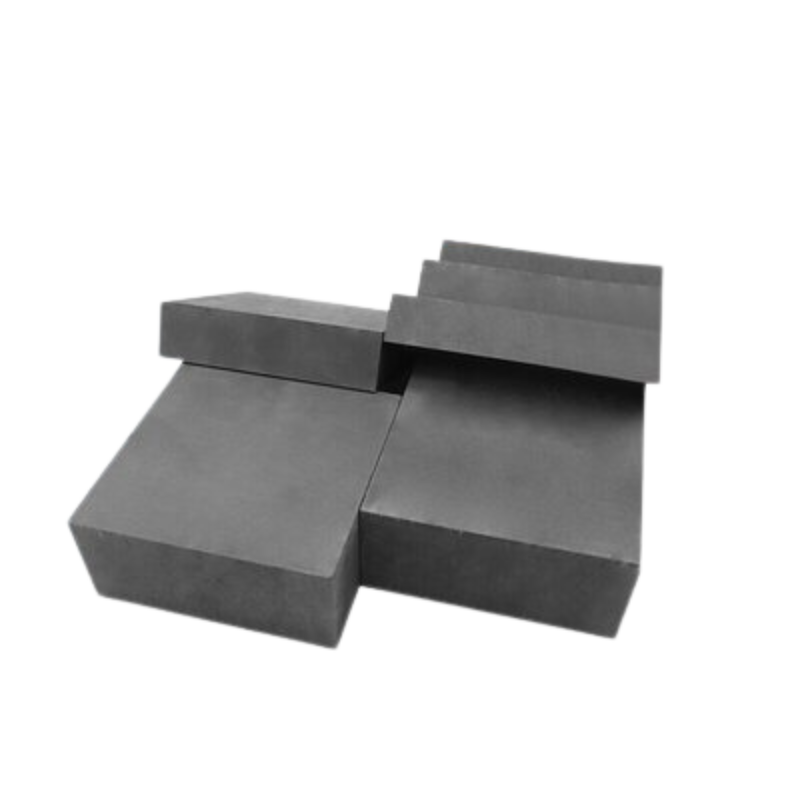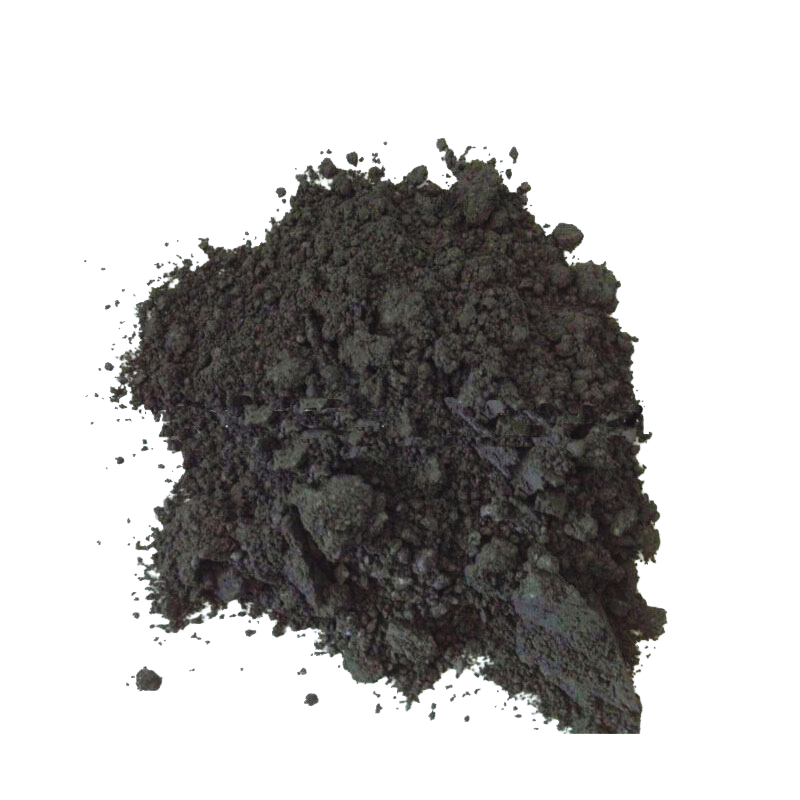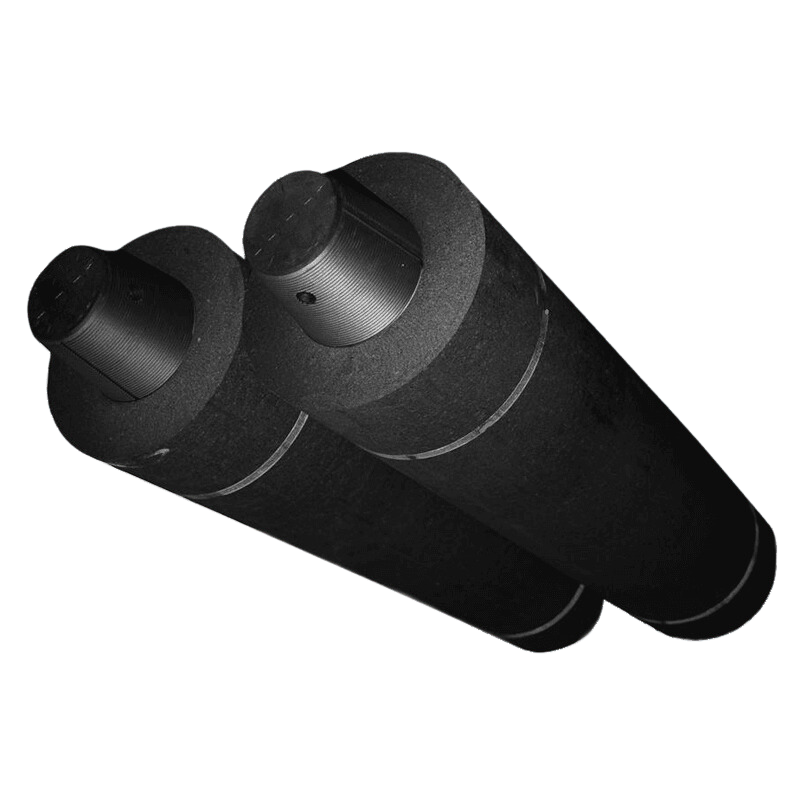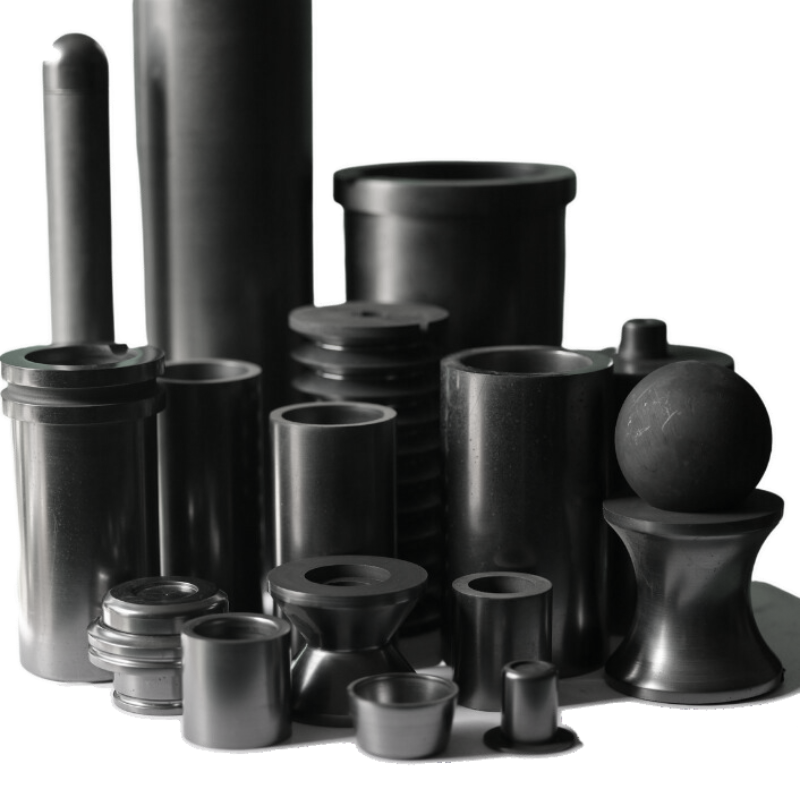The occurrence of cracks in graphite rods can be influenced by various factors. Here are some common reasons:
1.Temperature Variations: Graphite undergoes thermal expansion and contraction with temperature changes, leading to contraction or expansion of the graphite rod and resulting in stress. If these stresses exceed the strength limits of graphite, cracks may form. Rapid temperature changes, such as quick cooling from high to low temperatures, increase the risk of cracks.
2.Manufacturing Process Non-uniformity: During the manufacturing process of graphite rods, if there is uneven material density, structure, or temperature, it can lead to uneven distribution of internal stress in the graphite, triggering crack formation.
3.Mechanical Stress: In the usage or handling of graphite rods, improper mechanical stress like bending, compression, or impact can lead to cracks in the graphite. This risk is especially high for brittle graphite materials.
4.Chemical Corrosion: Certain chemical environments may corrode graphite, causing surface or internal cracks. This is particularly significant in extremely acidic or alkaline environments, emphasizing the importance of appropriate material selection and protection for graphite.
5.Material Defects: Defects in graphite materials during the manufacturing process, such as bubbles, inclusions, or uneven structures, can serve as initiation points for cracks. These defects may weaken the overall strength of graphite, increasing the risk of cracks.
6.Thermal Cycling: Graphite subjected to repeated thermal cycling may experience cracks due to thermal stresses induced by temperature variations. This is common in high-temperature applications, such as in the processing of molten metals.
7.Manufacturing Process Deficiencies: Inappropriate process parameters during manufacturing, such as excessively high or low sintering temperatures, improper cooling rates, etc., can lead to structural issues in graphite, thereby causing cracks.
To prevent the occurrence of cracks in graphite rods, it is crucial to manage temperature, mechanical stress, and chemical environments during manufacturing, processing, and usage. Ensuring the quality and uniformity of graphite materials is also a key step. Additionally, selecting the right graphite material for specific applications is essential.





